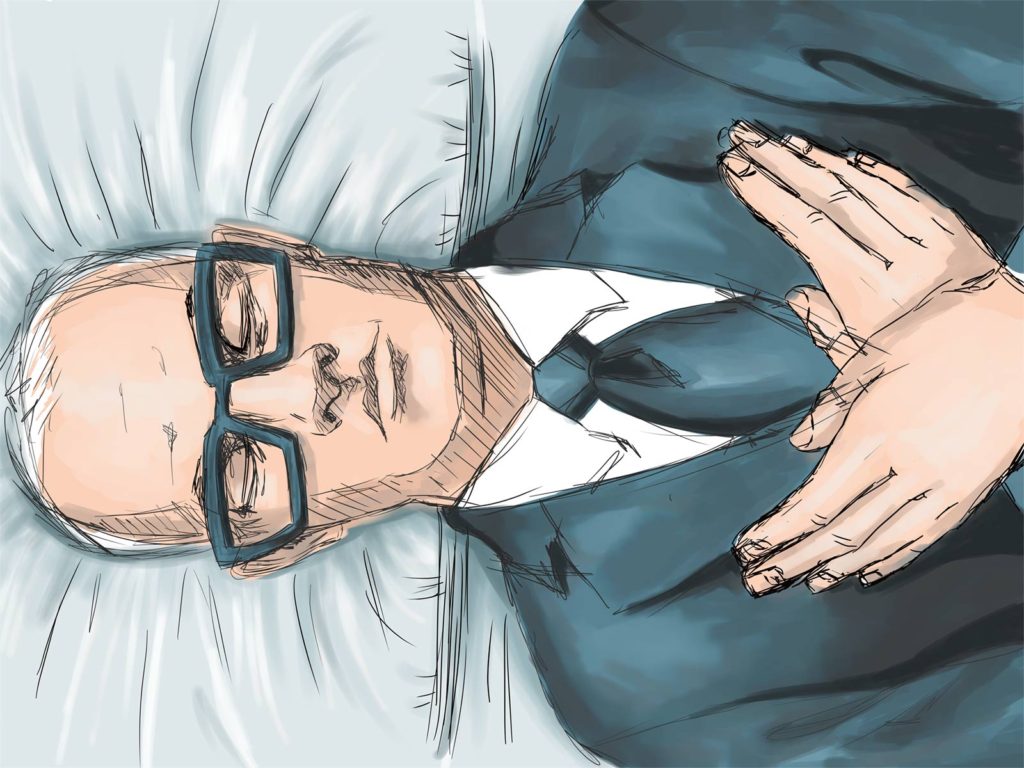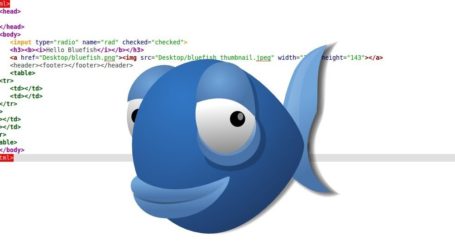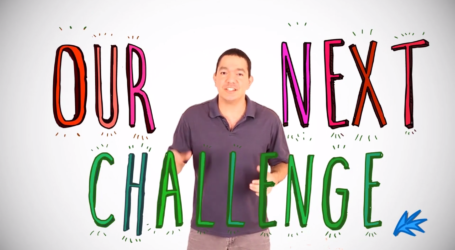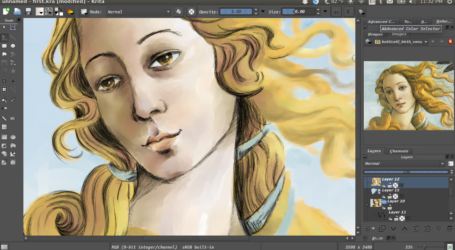Death of Adobe Offsetting
Over two years ago, I started writing a monthly blog post about ending my dependence on Adobe software. As a visual artist, it was difficult to think about cutting the monolithic company out of my life. Adobe Offsetting was a way for me to chronicle my transitioning experience while also highlighting new tools and its developers. The blog was also a way for me to give back to individuals and companies making alternatives, both free and proprietary. I had the chance to develop many friendships with developers and manufacturers.
Success is a work in progress
Each month for Adobe Offsetting, I donated to software, resources, or products in lieu of paying for a monthly Adobe Creative Cloud subscription. It was a way to support ongoing development with my wallet while I phased out using Adobe.
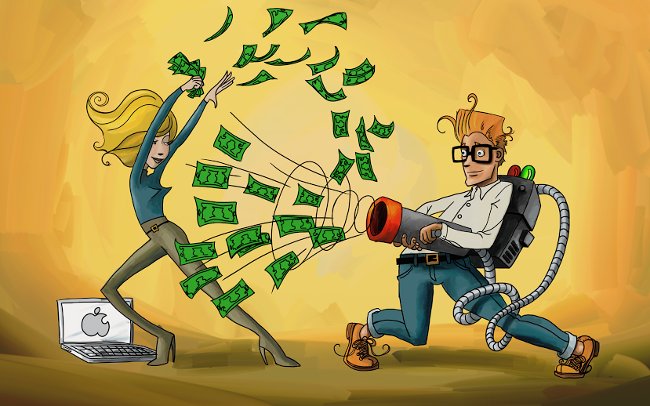
At home I successfully have been able to completely cut out all Adobe products. I started using Linux before the transition, but now I’m using my Linux laptop almost 100% of the time. Many free and open source alternatives, like Krita, Natron, and Synfig have stepped up their development and now have polished tools for creating visual art. I also use apps like Medibang on my tablet when I need to sketch ideas out instead of using a notebook.

There are tons of tools that are being developed that help me create work without making me beholden to a subscription in order to access and edit my work. The transition was full of learning curves and rethinking how to work, but making that initial retooling has paid off and I’m continuing to learn and grow as a result.
Working alternatives
At work, I have started using tools like Affinity Photo and Designer and Anime Studio regularly. We are also looking to implement Sketch into our web design workflow instead of using Photoshop for visual designs. And of course I rely on Inkscape, Handbrake, and other free and open source software (FOSS) to complete my day-to-day work. I don’t know if I’ll ever be Adobe free in the office and I don’t know if that’s a realistic goal. Using tools that increase results and productivity is most important at work. As long as there is a budget for Adobe, I’m sure we’ll be using their software but it’s nice to have the option to incorporate the best tool for any given project, whether Adobe or something different.

It’s an exciting time for software development and having more choices helps drive innovation so that software considered the industry standard fight to keep their market share. A lot of people who read my blog thought of me as being anti Adobe. Even though I can’t agree with Adobe’s pricing structure, I can’t deny that they have developed superior software for many years. For me, it’s a question of if I want my work locked in their ecosystem.
Life after offsetting
One of my main goals for writing a blog was to share my work and processes. Adobe Offsetting took up a considerable amount of time. As a result,my personal work took a back seat. I’m excited to revisit writing about my work while also talking about using the new tools I’ve acquired since starting Adobe Offsetting. As I have been writing Offsetting posts, I struggled with the name of this blog series being heavily focused on the problem instead of the solution. I feel like the conversation has become bigger than just “Adobe offsetting” and it’s now more about how using alternative tools is changing my life for the better.
Continued contributions
Just because I am no longer writing regularly about contributing to software and products outside of Adobe doesn’t mean that I will not continue contributing monthly. Before starting Adobe Offsetting, I never thought about the importance of supporting software developers, especially for FOSS. FOSS is used by many people without realizing it’s monetary support that helps keep the software alive. I was one of those people until I started speaking with developers, understanding the importance of contributing time and money when possible to further development.
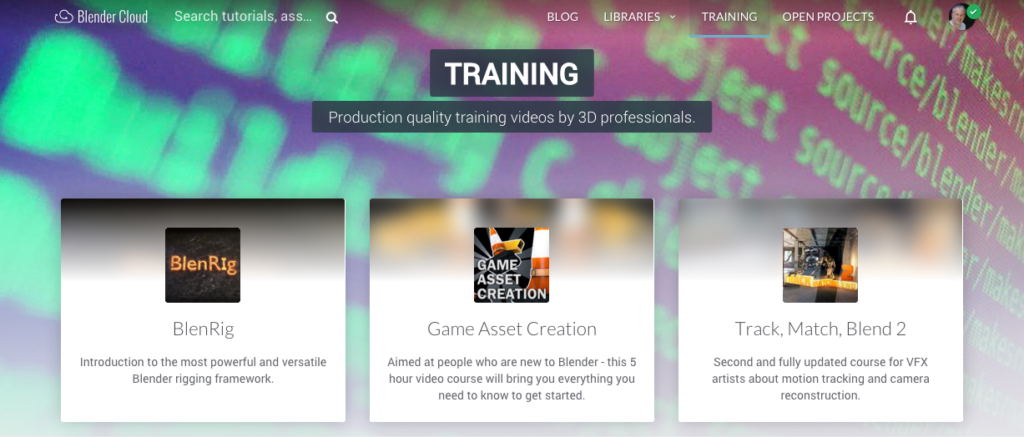
With my posts, I hope I was able to contribute to the conversation for untethering from large companies and reclaiming ownership of your work. Along with freedom comes the protection of that freedom by becoming active in the software development community.

